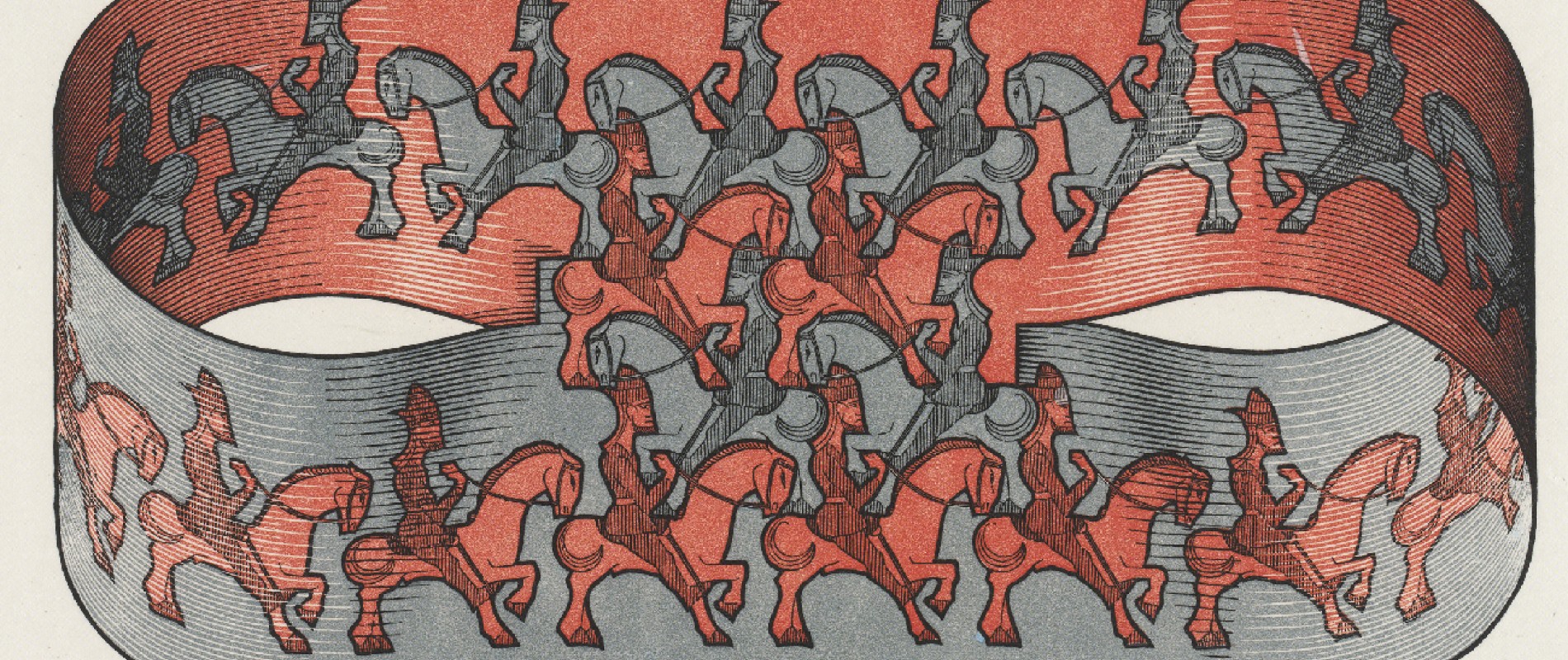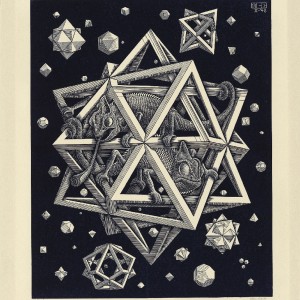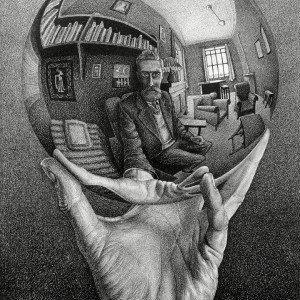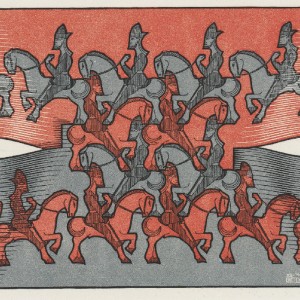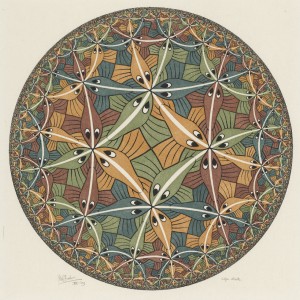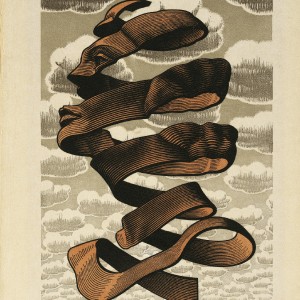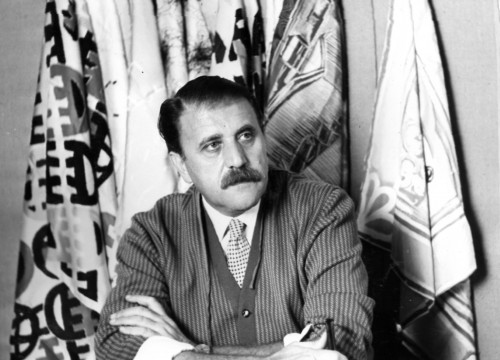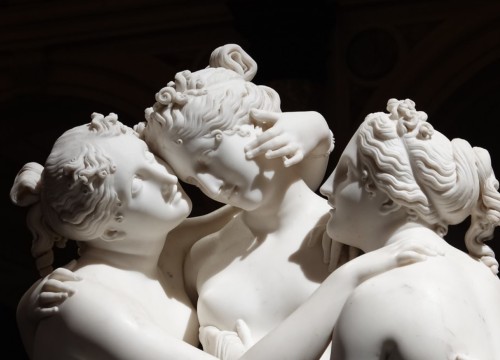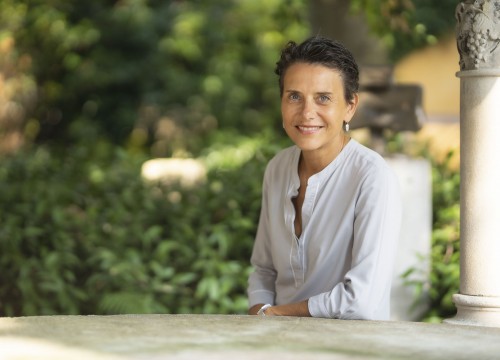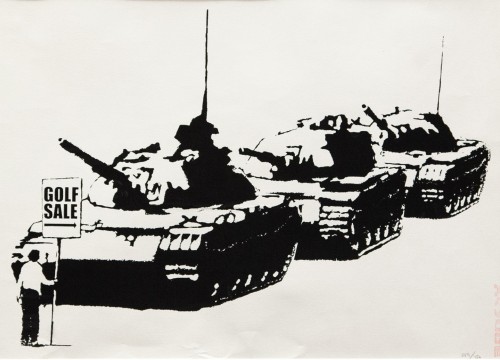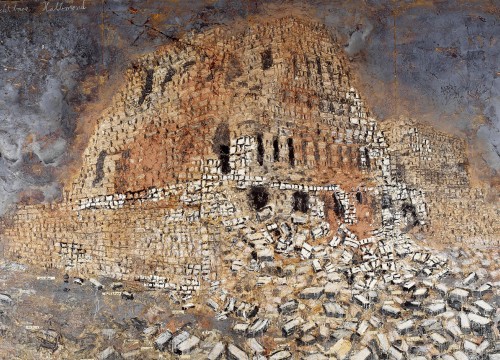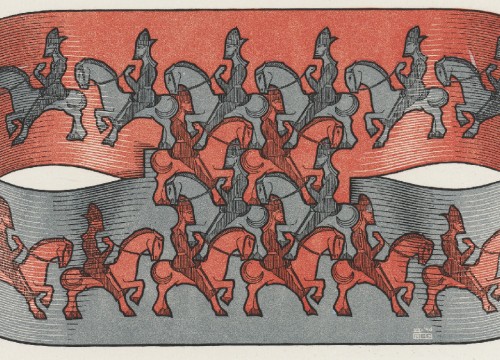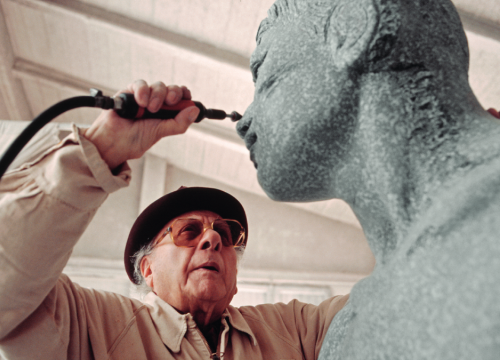An extensive exhibition of 300 artworks retraces the creative process of the master
Maurits Cornelis Escher and Giulietta Umiker were married on June 12th, 1924, in Viareggio. I have always been struck by the choice of the Dutch engraver and lithographer to summon the family to an Italian town - now also the headquarters of the AW ArtMag editorial staff - for the celebrations of the event. Indeed, walking along the seafront of the Tuscan town, pearl of eclecticism, liberty and art nouveau, it is not hard to imagine that the polychrome ceramics that enrich much of the facades of villas, hotels and bathing establishments, may have captured the artist’s great passion for decoration. In his works, the rigorous and distorted tessellations, the constant challenge between geometry and fantasy, the scientific concepts denuded in their philosophical contradictions also make Escher one of the most beloved scholars of paradox in the world.
HE CREATES DISTURBING UNIVERSES, MADE OF FLOORS THAT TURN INTO CEILINGS AND OF IMPOSSIBLE CIRCUITS
Thus, Palazzo Bonaparte, until April 1st, 2024, on the centenary of the first visit to Rome where the artist will establish his atelier for 12 years before moving to Switzerland and then to Belgium, exhibits 300 artworks in a large retrospective. Curated by Federico Giudiceandrea, the solo exhibition collects works such as Hand with Reflecting Sphere (1935), Metamorphosis II (1939), Day and Night (1938), Bond of Union (1956) where the union between a psychedelic mind and a technically flawless hand gives rise to disturbing universes, made of stairs that go up and down at the same time, of floors that turn into ceilings, of impossible circuits, of lizards that seem to escape from the dimension of the drawing and then return.
SON OF AN ENGINEER AND BROTHER OF A GEOLOGIST, HE BENDS MATHEMATICAL LAWS BRINGING THEM INTO HIS COMFORT-ZONE: IMAGINATION
The graphic deceives and disenchants, amazes the audience tormented by the search for a logic in the refined puzzles and snatches from the bewitching mutating universes. Son of an engineer and brother of a geologist specialized in crystallography, he bends the mathematical laws bringing them into his comfort-zone: imagination, increasingly pure and detached from the Mediterranean landscapes, once away from the influences of the beautiful country. “Night walks are the most wonderful memory I have of Rome ‘’ he will declare, a bond that the exhibition recalls in the complete series of 12 woodcuts dated 1934.
Like others before him, he will get success only after the initial distrust of criticism. Symptomatic of his strong personality is the answer he will give in 1969 when, now consecrated by the American hippie community, Mick Jagger will ask him for an image for a cover of the Rolling Stones. Appealing to a collaborator of the rockstar, he will write: “I absolutely cannot accept further assignments or waste time for advertising. By the way, please tell Mr. Jagger that I am not Maurits to him, but, very sincerely M. C. Escher”.

